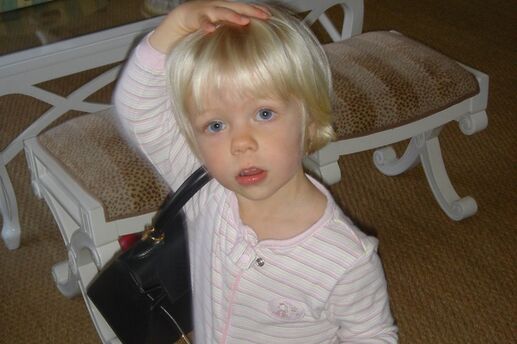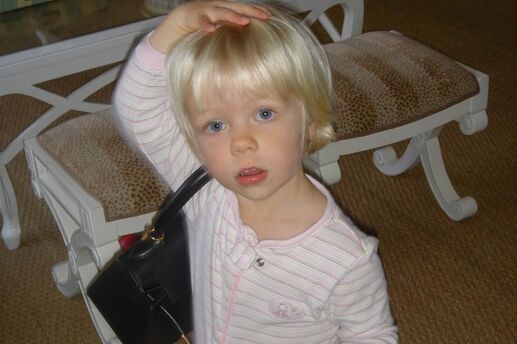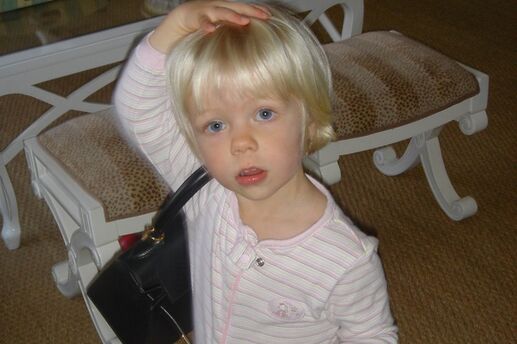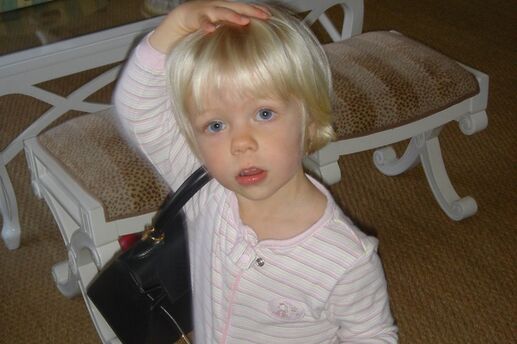Five Ways to Spur Your Toddler to Talk
Wait a second -- is your toddler pretending to read to his favorite teddy bear? Cue the big, proud-parent grin!
After your baby reaches 12 months, he’ll start to take steps toward becoming a talking toddler. As his speech begins to develop, though, it’s important not to compare your child’s abilities with other children’s. Every child develops language skills at varying speeds, and all children have different demeanors. Even after they turn a year old, some children just don’t chatter as much as others.
That said, here are five things you can do to encourage active and open word experimentation with your toddler. Prepare for a babbling bonanza!
Pretend play
Most toddlers know about 50 words by the time they turn 2 years old. Many can even tack two words together and communicate a sentence, albeit a short one. Imitation is an important way that toddlers learn. You can mock-play with your child by giving him speech-related actions, such as talking on the phone, that he’ll have fun mimicking.
Other games that spark toddler talking include setting up a restaurant with stuffed animals and play-food, or using a toy cash register to act out grocery shopping. Try to give your child a block of unstructured playtime every day, so he can get creative. You’ll be amazed as you watch him assemble his toys and start to jibber-jabber with them.
Read together
Try to read at least a few books together out loud every day. You can also take frequent trips to the library together. As you read, ask your toddler to help turn the pages. Point to illustrations and ask questions to encourage a dialogue (“What does the doggie say?” or “Where is the farmer?”). Once you have a new collection of books at home, read the same ones again and again. You may be amazed at how quickly your child will remember the story; he might even start to chime in at certain parts. Later, invite him to read his favorite stories to his dolls and stuffed animals.
Talk to your child
Maintain a dialogue with your child in your everyday, adult voice. Once your child crosses the one-year mark, you can tone down the chipper, high-pitched tones and start to talk to him in your everyday, conversational voice. He’ll begin to pick up on cues and mimic the sounds you are making, and will likely start toddler talking. Use gestures so he can imitate them when he can’t find the right words.
Ask questions
Some 2-year-olds start venturing into longer sentences of two or three words. You can prompt these responses by asking your toddler questions throughout the day (for example, “What toy do you want?” or “Who is that?”). Though his “sentences” may not be complete thoughts, they will typically get the point across. Communicate with your toddler constantly, and nod or smile even when his response is technically incorrect or nonsensical.
Introduce new words
Your baby’s first words will most likely be family
names, favorite toys, and household items encountered daily, such as milk. The most
important thing to remember about speech development is that toddlers learn by listening and practicing
on their own. Keep pointing at and describing new items to your child, from
body parts, such as arms and legs, to natural objects, such as birds and trees.
Above all, have fun with it!







